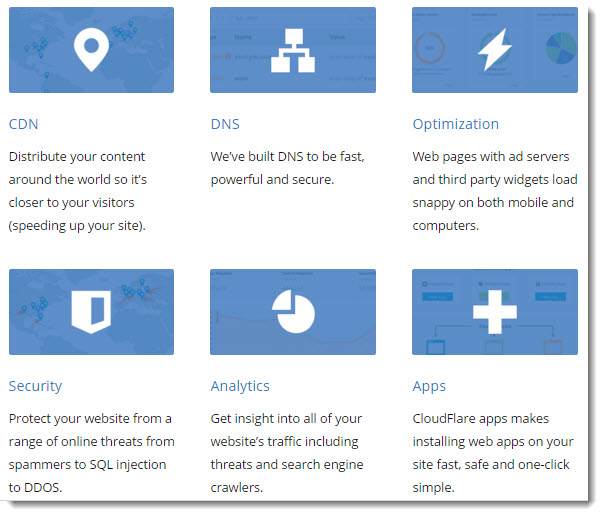After weeks (if not months) of toiling, your master startup plan is ready. You just need to execute it. Where to begin, you ask? You will be relieved to know that getting started is the hardest part for most entrepreneurs. I for one find myself overwhelmed by all the enticing options and tasks that come along with new projects, swirling about like froyo laced with my favorite syrup. This intoxicating sense of excitement coupled with the daunting work to be done can make it difficult to prioritize first efforts and more importantly, turn those efforts into tangible progress.
These 7 tools & services for bootstrapped startup businesses helped me plan and execute my projects effectively. They should do the same for you and your ideas, from conception to well after launch.
1. Buy a domain name with privacy included through DreamHost
This is less of a specific tool and more of a warning to steer clear of domain registrars who try to nickel-and-dime you for features other companies include as standard. Behind GoDaddy’s big name and flashy advertisements is an offer to upsell you on nearly everything under the sun. Perform a little research and check out the alternatives. DreamHost for instance (and some other registrars) does not charge you to keep your mailing address and phone number hidden from the public. This is especially helpful if you are operating your business ‘early Hewlett-Packard style’ or don’t have a P.O. Box yet.
2. Boost your site’s speed and security with CloudFlare
CloudFlare acts as a reverse proxy, meaning that it sits between your site’s web server and the requests sent by a visitor’s browser such as Chrome, Firefox, etc. Besides the robust features in a free account such as page caching, threat detection, and “minifying” (tidying up) your site’s source code, CloudFlare has upgraded plans with more advanced features such as DDoS protection, even faster content delivery, and more.

3. JSFiddle: A web developer’s dream come true.
Since we’re on a role with the web presence side of things, I feel the need to include a highly useful sandbox tool for your source code. This tool is an absolute lifesaver when testing new components, custom CSS, or new Javascript. You can minimize a lot of downtime with JSFiddle, especially when publishing big changes. Bookmark this and spread the word.
4. Stay on top of your headache-inducing to-do lists with Trello
Staying organized is a choice, and very much an ongoing one at that. When real life hits, it can easily throw the best individuals off their game. A free Trello account lands you a “board” to post your topics and to-do lists. Besides adding notes, links, and the ability to upload images & more, Trello really shines as a collaboration tool among and across teams. Though Trello may be common knowledge to many by this point, it must be echoed to anyone just getting into the startup scene.

5. Track cash flow and invoice customers directly from WaveApps
I learned the numbers the hard way. I thought I could skate by without the need for any accounting in the beginning. Once I started making money from multiple sources and racking up expenses I needed a way to organize it all before I dug myself into a hole too deep to climb out of. WaveApps offers free accounts with super easy importing/exporting, invoicing, reporting, and loads of other features. You can upgrade to gain access to things like Payroll services and better support from their already responsive team. You really need something like this in place – you can always switch away later if you outgrow it.
6. Create visually stunning micro-content via Share As Image
Ever seen an eye-grabbing picture with a great quote and then decided to share it on Facebook? Well this tool makes those. I’ve used Share As Image countless times for myself and clients to drive our brands forward and generate buzz. It’s easy to use, has a massive library of high-quality photos for backgrounds, etc., and has a great selection of fonts. Just don’t post any cheesy images on LinkedIn or you’ll incur the appropriate wrath.
7. Download free photos via Unsplash and edit like a pro using the Pixlr web app.
Because both of these great resources are becoming more popular, I decided to double up for number seven. You can find tons of gorgeous photos on Unsplash and even search for ones more fitting to your needs by using category keywords. Pixlr on the other hand, has a much sharper learning curve in exchange for a plethora of amazing image editing features. Once you understand how to operate it, you are quickly and generously rewarded for your patience.

Have you heard of or do you use any of these? Anything you think I missed? Feel free to comment and share. With any luck, you find these tools as indispensable as I did.

